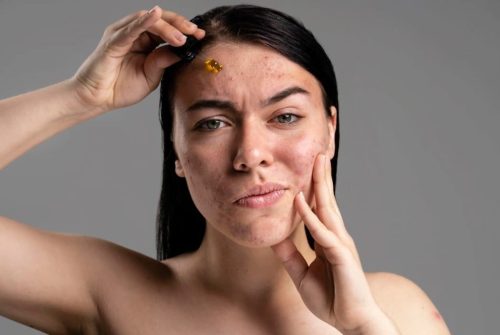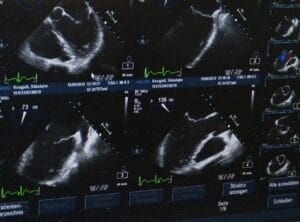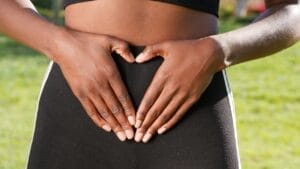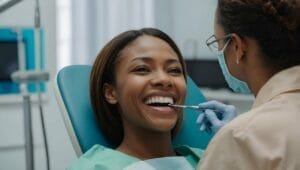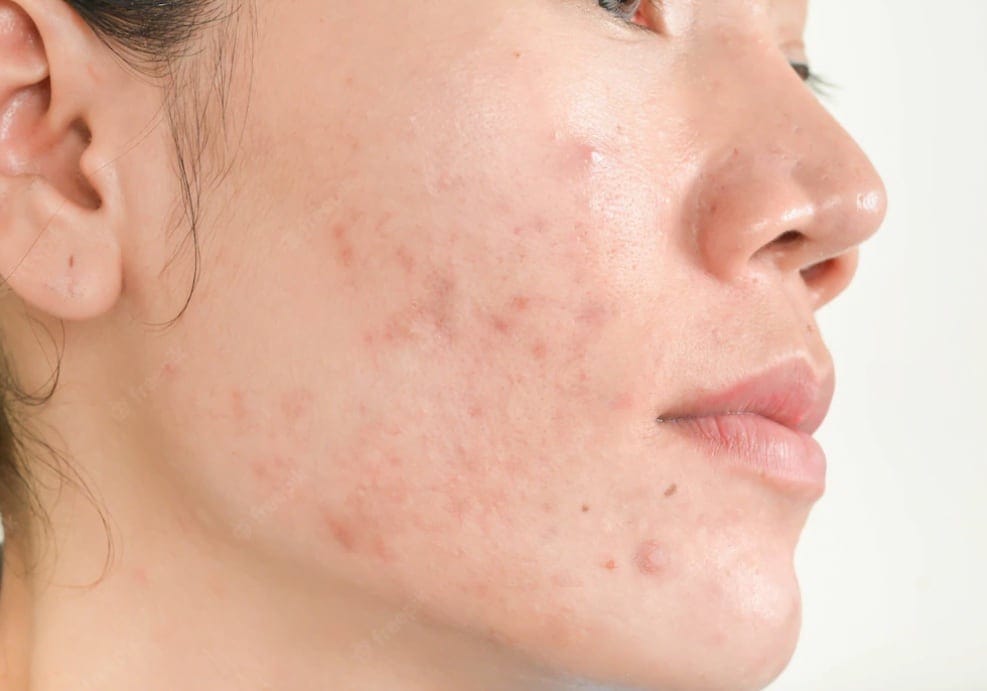
What is acne?
They are small skin lesions that are usually caused by hormonal changes, disruptions in the oil balance of the skin, and improper diet. The size, color, and shape of pimples vary. Because every acne is different in terms of formation. Scratching or squeezing the swollen areas with fat, inflammation, pus, and blood is not right. You can be certain that harsh interventions from the outside are not effective in eliminating acne. Because the popped pimples reveal dark spots in the area where they are located.
What disease causes acne?

 4.7
4.7
Would you like to receive information about the operations from Vanity Doctors?
As Vanity, we can give you information about the operation you are considering.
Ask the DoctorAcne may have many different causes. Hormonal changes are the main cause of acne breakouts in teenagers who have entered puberty. Pimples caused by rubbing, irritation, and cutting are reactions of the skin surface to trauma. In addition, wearing thick clothes all the time can prevent fresh air from reaching the skin. The pores that cannot get air to become more difficult to renew themselves and the problem of clogging occurs. Acne occurs in clogged pores due to a lack of air. The diversity among the conditions that cause acne also affects the process of seeing the problem.
If there is a disorder that can affect the body’s metabolism for a long time, acne can be seen until the thirties. It should not be thought that acne is a skin problem specific to adolescence. If you’re in your thirties or forties and can’t get rid of acne, there’s no need to worry. By tightening your skincare routine, you can contribute positively to the oil balance of your face.
What are the types of acne?
Acne can be broadly divided into three groups. Common types of acne, depending on the body area they are located in, the effect they cause, and their appearance are:
- Acne Fulminans Type Pimples: Acne fulminans are acne that is not based on normally accepted causes. They are characterized by headaches, high fever, bone aches, and joint pains because they appear as a symptom of the disease. It is a type of acne that is especially common in young people.
- Acne Conglobata Type Acne: It is seen in the shoulder, back, waist, and arm areas of the body rather than the face. Acne conglobata are pimples that can also be found in the genital area. Because they are inflamed, they have a life-threatening feature. They run the risk of being accidentally detonated. Large pimples with a red body and yellow or white tips can rarely be a sign of some diseases.
- Acne Vulgaris Type Pimple: Acne vulgaris is in the form of blackheads and standard-sized acne. Acne vulgaris is the type of acne observed in the nose, face, forehead, and temple areas. Even though they are not very large, facial acne that is disturbing with its red appearance, oil bags that cause roughness on the face, and dark pores are included in this group. Adolescent acne and its cause are not known exactly, because they are small pimples that occur in adults, they are not considered a sign of disease.
What are the symptoms of acne?
Major acne symptoms include:
- closed – clogged white pores
- open clogged black pores
- Formation of papules
- red tender lesions
Which is a treatment method for acne?
The main reason is not related to the skin layers but also caused by organ disorders, hormone imbalances, or allergic reactions, acne may require doctor control. If the time you can spare for your care is limited daily, it is possible to choose serums and creams with low dosages. Creams with a thick consistency, gels applied to moist skin, tonics applied with cotton, and serums used by dripping can appeal to different users. Choosing the one that is suitable for you among the anti-acne products will increase your enjoyment of use.
What is the most common treatment for acne?
How to Choose a Moisturizer for Acne Skin?
Acne and blackhead problems are not only seen in oily skin. White inflamed acne, red pimples and black spots may occur on dry skin. It is possible to see more inflamed acne on skin that is frequently dry. Bacteria that start to multiply in dry skin pores and feed on dead skin cells can accelerate inflammation. Using moisturizer for acne-prone skin prevents skin roughness and contributes to the brightness and flexibility of the epidermis layer.
Moisturizer types can be classified according to the skin types they are suitable for. Moisturizers suitable for oily skin and moisturizers for dry skin have different properties. If your skin is dry and acne-prone, products that appeal to oily skin should not be used. Considering your skin type, some of the details that can guide you are as follows:
- Cause of your acne
- How often can you do your daily maintenance?
- Which product option is suitable for your use
What food causes acne?
Although the foods that cause acne vary from person to person, the main foods that trigger acne formation are:
- Sugar: Sugary drinks, Carbonated drinks, Honey, Maple syrup, Agave syrup
- Processed grains: Breakfast cereal, Bread, White flour desserts, Crackers, Pasta made with white flour, White rice, noodles made with rice, Pastry foods
- Fast food: Hamburger, Hot Dog, High-fat french fries, Fried chicken, Coke
- Dairy products: Cow’s milk, Fat cheese, Fat yogurt
- Chocolate
What causes cystic acne?
The cyst, which is formed by the accumulation of excess skin and dead skin cells in the dermis of the middle skin layer, and at the same time, the compression caused by the entry of bacteria here, is called cystic acne. As a matter of fact, this condition, which is caused by the compression of the skin pores, oil and skin cells, is in the form of a red, swollen lump and is quite sensitive. Major causes of cystic acne include:
- Family history of cystic acne
- Age: teenagers are more prone to cystic acne
- Hormone changes during the teen years and sometimes during menopause and stress

